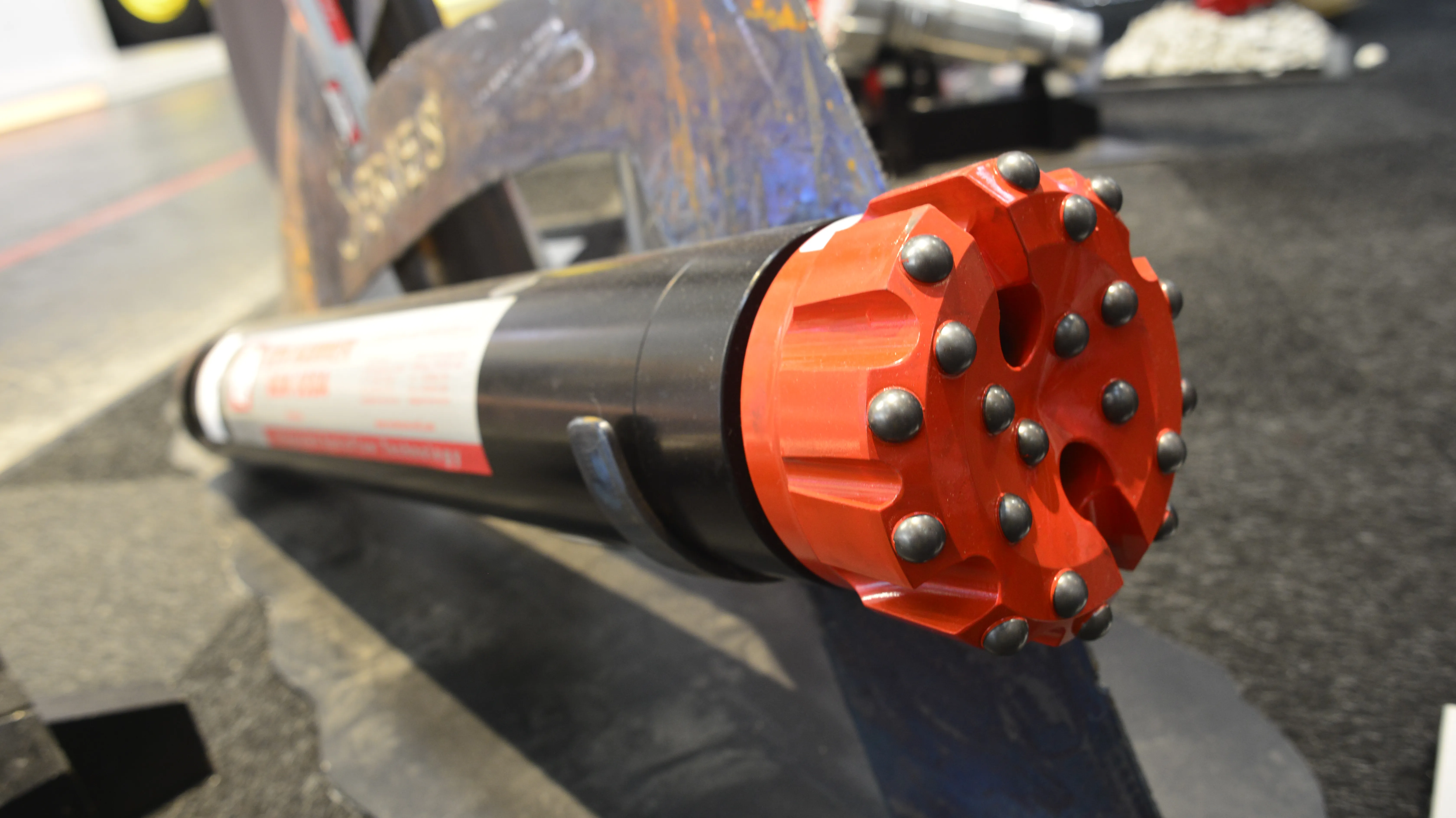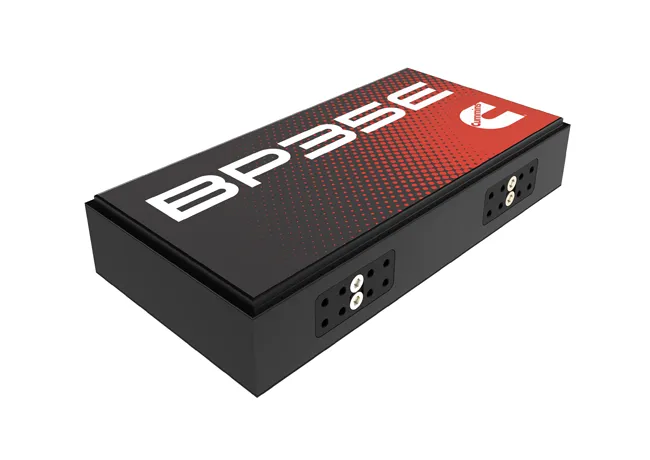Researchers at the US Department of Energy's National Renewable Energy Laboratory (NREL) have released a technical report that could help improve the performance of electric vehicles (EVs) and the efficiency of the electric utility grids that power them.The report documents a series of test procedures designed to enable engineers, designers and utilities to evaluate the performance of various EVs and hybrids to optimise how they connect with electric utility grids today - and "smart grids" in the future.
April 26, 2012
Read time: 2 mins
Researchers at the 5275 US Department of Energy’s National Renewable Energy Laboratory (NREL) have released a technical report that could help improve the performance of electric vehicles (EVs) and the efficiency of the electric utility grids that power them.
The report documents a series of test procedures designed to enable engineers, designers and utilities to evaluate the performance of various EVs and hybrids to optimise how they connect with electric utility grids today – and “smart grids” in the future. As more vehicles with large batteries come into use and smart grid technology advances, grid operators in the future may be able to take advantage of the two-way flow of power from EVs and hybrids plugged into utility grids to smooth spikes in demand and improve the reliability of their systems. Evaluating today’s vehicle technologies will advance the goal of transforming the nation’s transportation system to maximize efficiency and use of clean energy.
Engineering vehicles capable of interconnecting to the power system for bi-directional power flow is a key component of emerging “vehicle-to-grid” systems, in which plug-in EVs communicate with the power grid to deliver electricity or modulate their charging rates. The global vehicle-to-grid (V2G) market is expected to grow at a rapid pace, reaching the US$2.25 billion mark in 2012 and accelerating to $40.4 billion by 2020, according to a new market analysis from GlobalData.
“This report offers the first nationally available set of test procedures for V2G applications,” NREL Director of Energy Systems Integration Ben Kroposki said. “Unleashing the potential of electric vehicles to optimise grid performance will be instrumental as the world moves to a smart grid with much higher use of renewables, energy storage and load control.
The NREL report, Interim Test Procedures for Evaluating Electrical Performance and Grid Integration of Vehicle-to-Grid Applications, is available at %$Linker:External 0 0 0 oLinkExternal this link Interim Test Procedures for Evaluating Electrical Performance and Grid Integration of Vehicle-to-Grid Applications false http://www.nrel.gov/docs/fy11osti/51001.pdf. false false %>.
The report documents a series of test procedures designed to enable engineers, designers and utilities to evaluate the performance of various EVs and hybrids to optimise how they connect with electric utility grids today – and “smart grids” in the future. As more vehicles with large batteries come into use and smart grid technology advances, grid operators in the future may be able to take advantage of the two-way flow of power from EVs and hybrids plugged into utility grids to smooth spikes in demand and improve the reliability of their systems. Evaluating today’s vehicle technologies will advance the goal of transforming the nation’s transportation system to maximize efficiency and use of clean energy.
Engineering vehicles capable of interconnecting to the power system for bi-directional power flow is a key component of emerging “vehicle-to-grid” systems, in which plug-in EVs communicate with the power grid to deliver electricity or modulate their charging rates. The global vehicle-to-grid (V2G) market is expected to grow at a rapid pace, reaching the US$2.25 billion mark in 2012 and accelerating to $40.4 billion by 2020, according to a new market analysis from GlobalData.
“This report offers the first nationally available set of test procedures for V2G applications,” NREL Director of Energy Systems Integration Ben Kroposki said. “Unleashing the potential of electric vehicles to optimise grid performance will be instrumental as the world moves to a smart grid with much higher use of renewables, energy storage and load control.
The NREL report, Interim Test Procedures for Evaluating Electrical Performance and Grid Integration of Vehicle-to-Grid Applications, is available at %$Linker:








